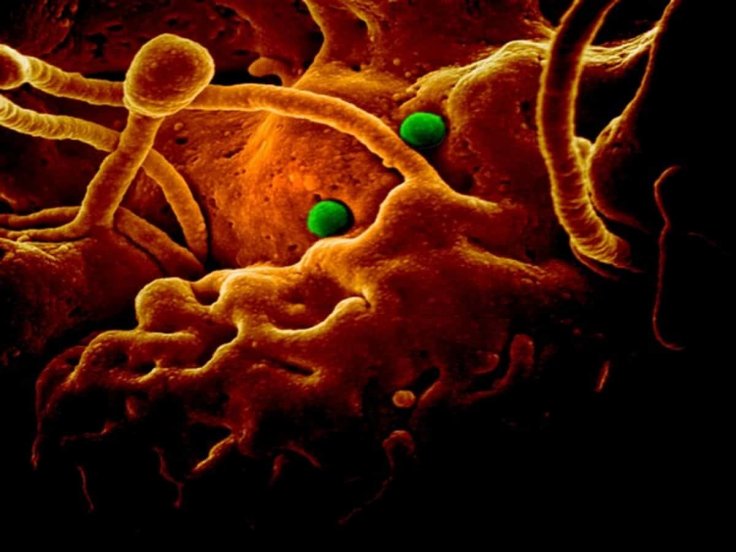The novel coronavirus or COVID-19 infection is spreading faster than it can be contained. As of now, there have been more than 81,000 confirmed cases and 2,770 deaths worldwide. Contact with an infected person and their respiratory droplets has been accepted as the primary route of transmission. However, the latest report by the Chinese Center for Disease Control and Prevention, suggests that transmission through faeces could be the reason behind the rapid spread.
Earlier studies have speculated that faeces-oral transmission could be a possibility. However, the latest report found that the virus was alive and virulent in the faeces of the infected 15 days after the date of collection. "The virus can also be transmitted through the potential faecal-oral route," the report said.
Sampling faeces of the infected

The researchers used Vero cells to isolate the virus from the stool samples of a patient who was infected with the COVID-19 and began displaying symptoms on January 16, 2020, and showed severe pneumonia. The stool was sampled on February 1, 2020, by the Heilongjiang CDC and the period between onset of the infection and sampling was 15 days.
What the scientists found next was that the full-length genome sequence suggested that the virus had a high-nucleotide similarity (99.98 percent) with the coronavirus isolated in Wuhan. In other words, they were found the virus to be genetically similar to the coronavirus. Under an electron microscope, they gleaned that the virus found in the Vero cells had the same morphology(structure) as the coronavirus.
More than one route of infection
From the results, it is evident that the live virus survives in the stool specimens of patients with COVID-19. This is a new insight into the routes of transmission of the deadly disease. It establishes that while physical contact with an infected person and their respiratory fluids has been the known transmission route, the virus can potentially be transmitted through the faecal-oral route. Therefore, stool laden with the pathogen could contaminate food, hands, and water and enter the body through mucous, mouth, and eyes, among other routes.
"This virus has many routes of transmission, which can partially explain its strong transmission and fast transmission speed," the researchers wrote.

Important to public health
As COVID-19 has seen outbreaks at a community level in many places such as in Daegu, South Korea, and aboard the Diamond Princess, this study is of utmost importance to public health and the precautionary measures necessary to prevent the spread of the disease among communities.
The researchers stressed the need to strengthen public awareness and education, along with the maintenance of personal hygiene and environmental health. Measures such as consumption of boiled water, avoiding raw food, and employing separate meal systems in epidemic-hit areas are some of the measures, the authors suggested.
Along with washing hands and disinfecting surfaces at home and public spaces such as community toilets and transportation, the researchers emphasised on the need for excreta management of patients. Disinfection of excreta and environment of the patients in hospitals was important to prevent the contamination of food and water due to infectious stool, they highlighted.









